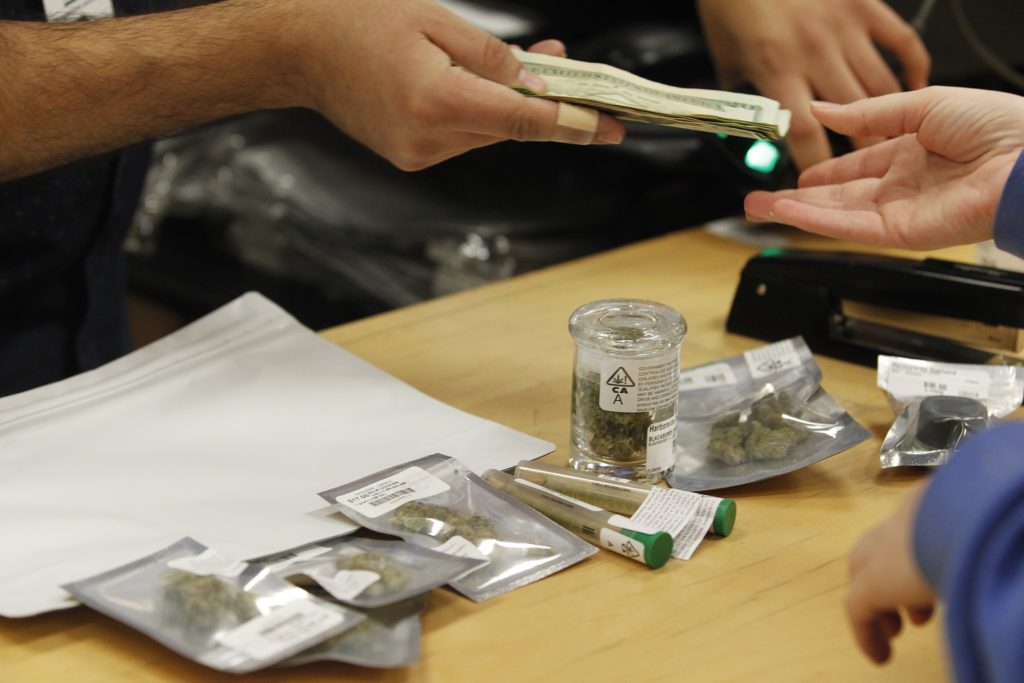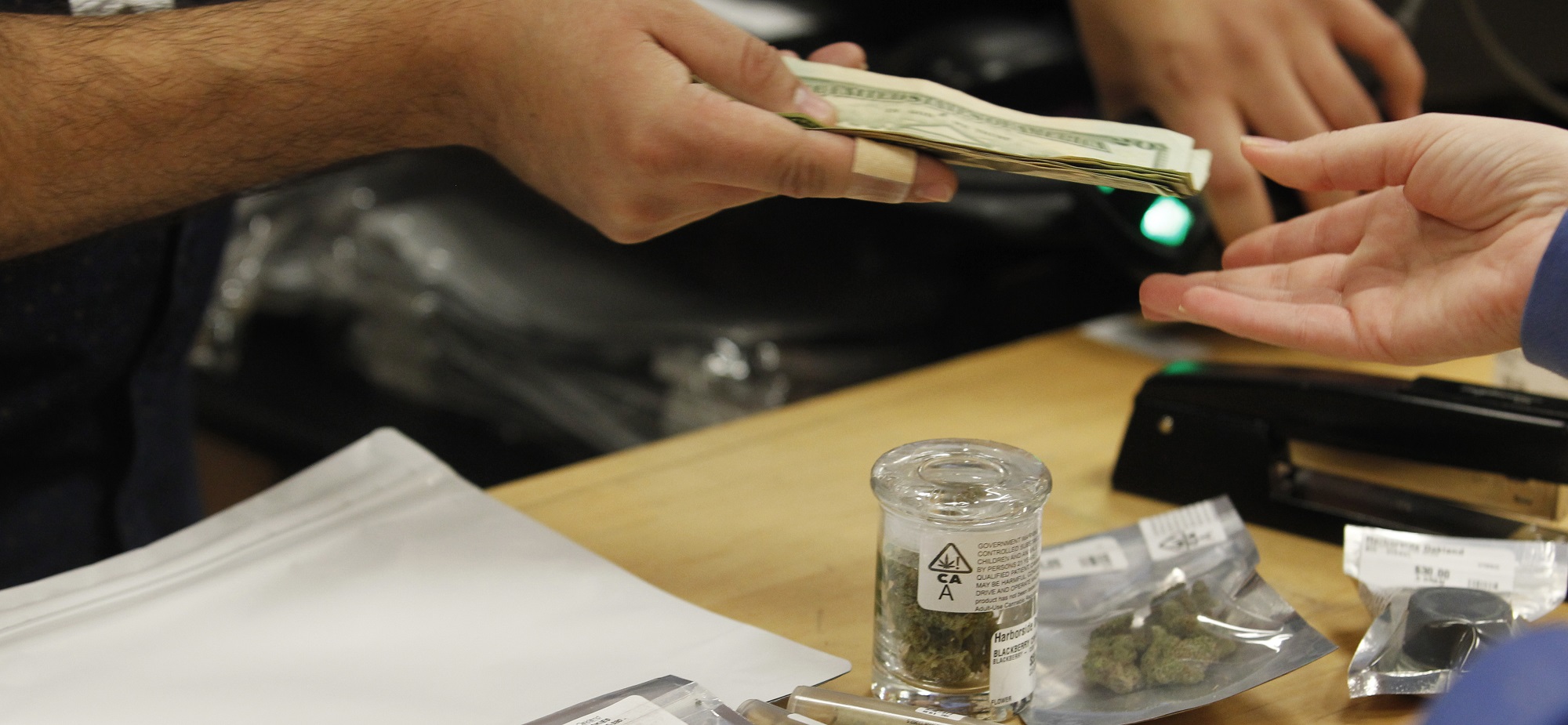
California’s legal pot economy was supposed to operate under the umbrella of a vast computerized system to track marijuana from seed to storefronts, ensuring that plants are followed throughout the supply chain and don’t drift into the black market.
But recreational cannabis sales began this week without the computer system in use for pot businesses. Instead, they are being asked to document sales and transfers of pot manually, using paper invoices or shipping manifests. That raises the potential that an unknown amount of weed will continue slipping into the illicit market, as it has for years. For the moment, “you are looking at pieces of paper and self reporting. A lot of these regulations are not being enforced right now,” said Jerred Kiloh, a Los Angeles dispensary owner who heads the United Cannabis Business Association, an industry group. The state Department of Food and Agriculture, which is overseeing the tracking system, said in a statement it was “implemented” Tuesday.
However, it conceded that growers and sellers are not required to use it yet and training on how to input data will be necessary before it becomes mandatory, apparently later in the year. The slow rollout of the tracking system is just one sign of the daunting task facing the nation’s most populous state as it attempts to transform its long-standing medicinal and illegal marijuana markets into a multibillion-dollar regulated system. Not since the end of Prohibition in 1933 has such an expansive illegal economy been reshaped into a legal one. So far, it’s been an unsteady start.




